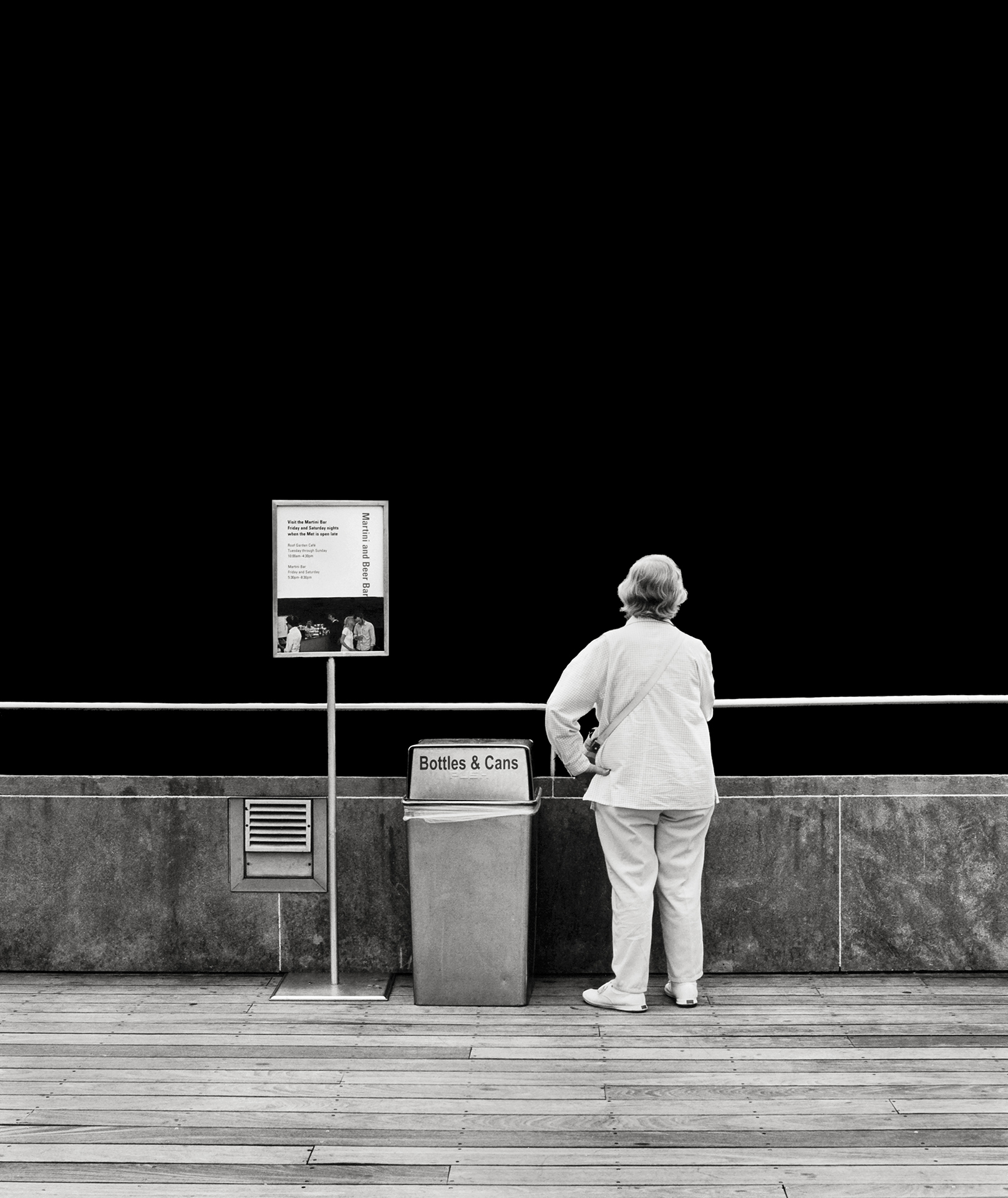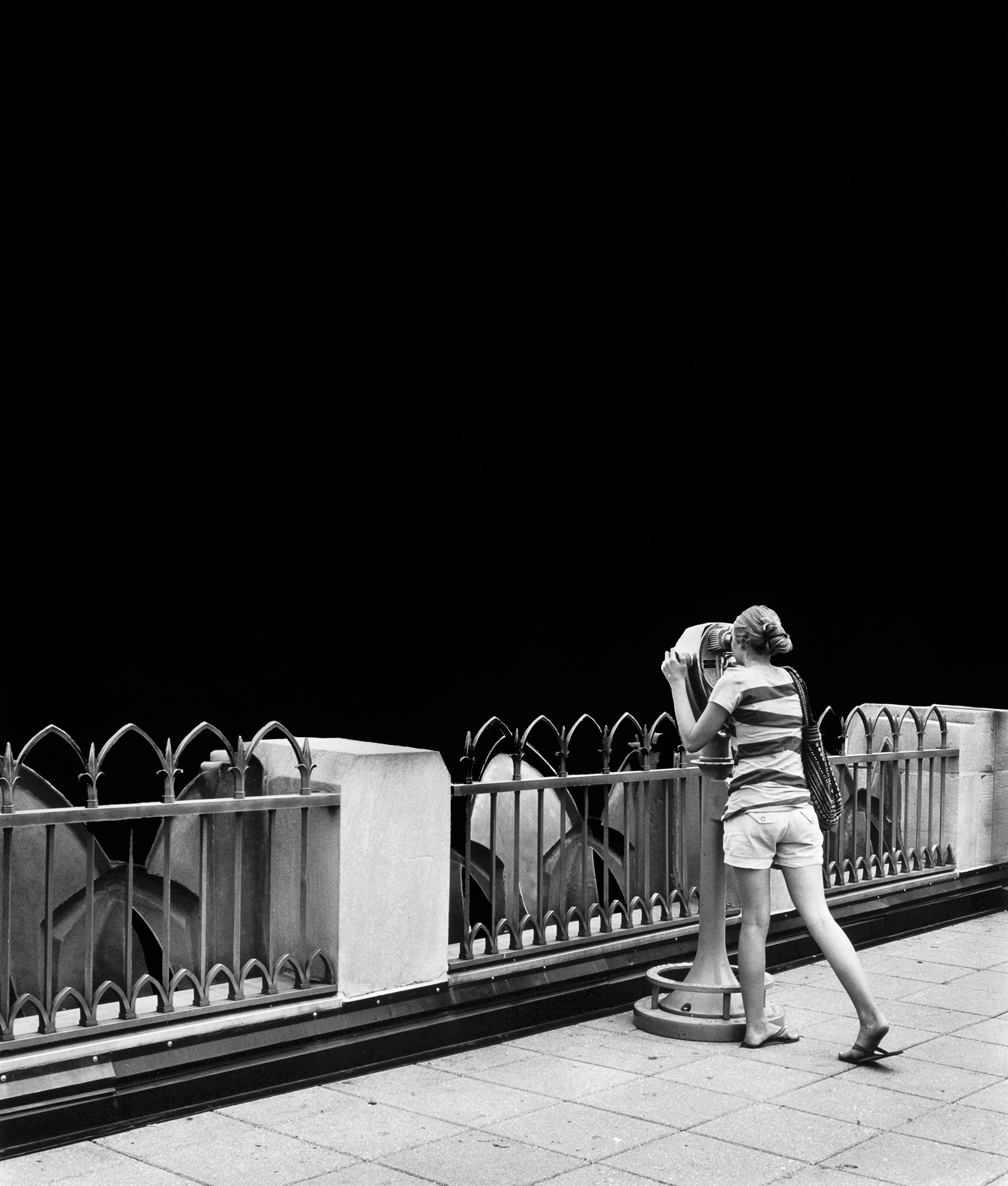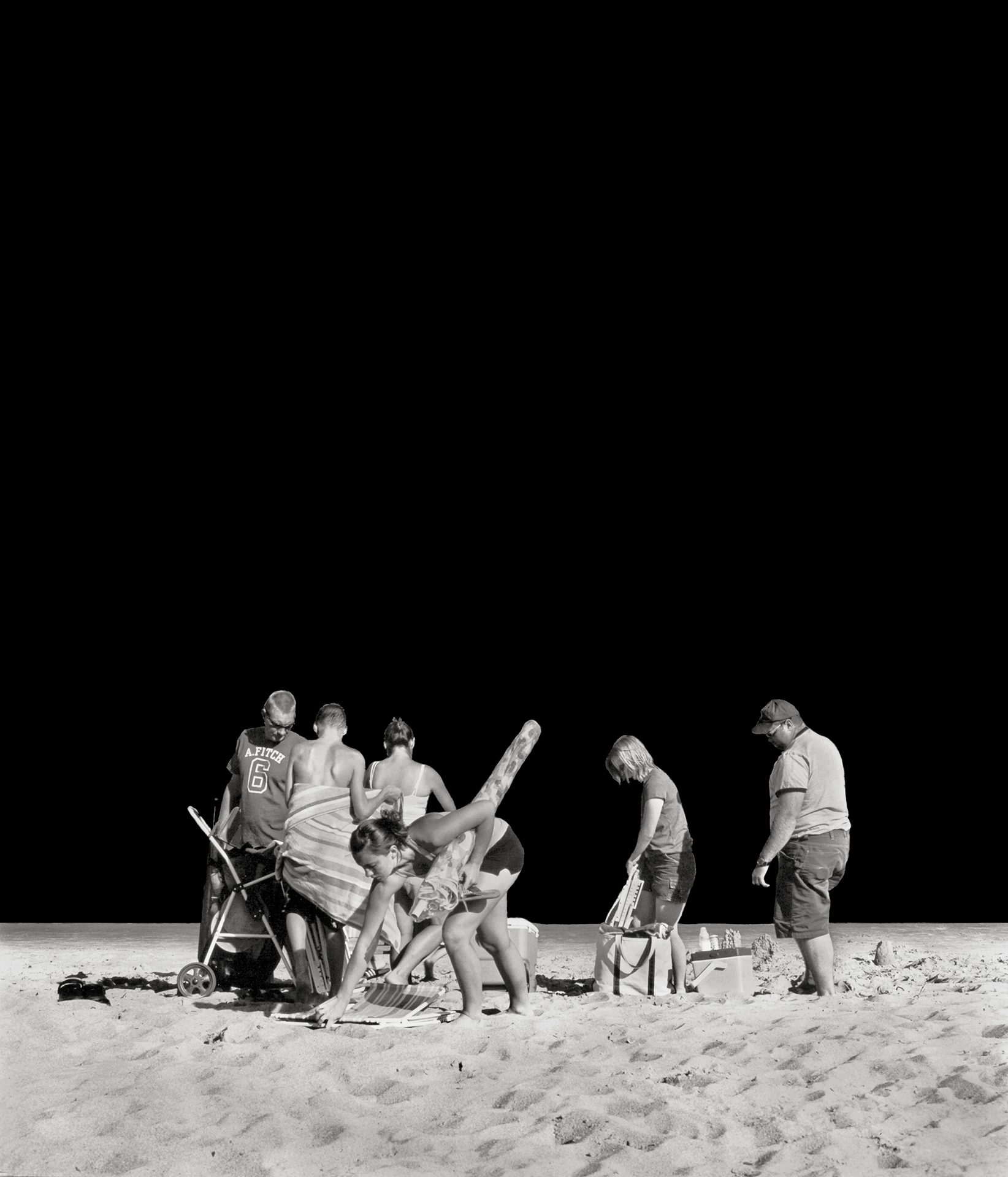IN PLATO’S CAVE
This series of photographs, In Plato’s Cave, is about a world of illusion and belief. The photographs were inspired by the “Allegory of the Cave” in Plato’s Republic, in which Plato used the cave as a metaphor. He asks us to imagine bound prisoners in a cave who are forced to face the far wall of the cave; they can hear sounds and voices but cannot see their fellow prisoners beside them, only a distorted reality of shadows cast on the cave wall. Having been in that environment from early childhood, they have never seen the outside world and believe that the shadow figures are a true view of the world.
As we read this text, we realize that we may be those prisoners, that we all live in a cave where, to one degree or another, we accept much of what we hear and see as the truth. Plato presents us with the possibility that what we believe is the truth may be based on an illusion formed with limited information, that our reluctance to analyze and use our intelligence will lead us to a misconception based on illusion and belief.
In the modern world, our government leaders, corporations, financial institutions, and economic policies are often less than transparent. And our media often present a version of history and current events through their own agenda, blurring the difference between the accurate reporting of information and their own form of entertainment. There are unseen truths hidden beneath the surface of what we assume to be accurate.
What each of us sees is determined by how critical our thinking is and how willing and able we are to use our intelligence to reason. Without a curious mind and the desire to use reason, we may accept what we see and hear at face value, which brings us no closer to the truth than shadow figures on the cave wall.
Donald Lokuta




















